Home>Ideas and Tips>Creating A Calming Workspace For Better Focus


Ideas and Tips
Creating A Calming Workspace For Better Focus
Published: November 2, 2024
Create a calming workspace to boost focus and productivity. Discover tips on decluttering, lighting, noise reduction, and more for a serene work environment.
(Many of the links in this article redirect to a specific reviewed product. Your purchase of these products through affiliate links helps to generate commission for Storables.com, at no extra cost. Learn more)
Introduction
In today's fast-paced world, maintaining focus and productivity can be a significant challenge. One of the most effective ways to enhance your ability to concentrate is by creating a calming workspace. A well-designed workspace not only improves your mental clarity but also boosts your overall well-being. In this article, we will delve into the essential elements of creating a calming workspace, providing you with practical tips and expert advice to help you achieve better focus.
Understanding the Importance of a Calming Workspace
A calming workspace is more than just a physical space; it's an environment that supports your mental health and productivity. When your workspace is cluttered, noisy, or visually overwhelming, it can lead to distractions and stress. Conversely, a well-designed calming workspace can help you stay focused, reduce anxiety, and increase job satisfaction.
Read more: Simple Ways To Create A Calming Bedroom
Step 1: Assess Your Current Workspace
Before you start making changes, it's crucial to assess your current workspace. Take some time to observe how you work and what elements of your environment affect your productivity. Consider the following:
- Clutter: Is your workspace cluttered with unnecessary items? Clutter can be a significant distraction and make it difficult to find what you need quickly.
- Lighting: Is the lighting in your workspace comfortable? Proper lighting can significantly impact your mood and ability to focus.
- Noise: Are there any noise sources that disrupt your concentration? Noise can be a major distraction, especially if you're working on tasks that require intense focus.
- Comfort: Is your workspace comfortable? A comfortable chair, adequate desk space, and proper ergonomics are essential for maintaining focus over long periods.
Step 2: Declutter Your Workspace
Decluttering is one of the most effective ways to create a calming workspace. Here are some tips for decluttering:
-
Sort Items into Categories:
- Keep: Essential items that you use frequently.
- Donate/Sell: Items that are still in good condition but no longer needed.
- Recycle: Paper, cardboard, and other recyclable materials.
- Dispose: Items that are broken or no longer useful.
-
Use Storage Solutions:
- Invest in storage bins, shelves, and drawers to keep your workspace organized.
- Label each storage container so you can easily find what you need.
-
Create a "To-Donate" Box:
- Place a box in your workspace where you can collect items you want to donate or sell.
- Regularly go through the box and take action on the items.
-
Implement the "One In, One Out" Rule:
- For every new item you bring into your workspace, get rid of an old one to maintain a balanced level of clutter.
Step 3: Optimize Lighting
Lighting plays a crucial role in creating a calming workspace. Here’s how you can optimize lighting:
-
Natural Light:
- If possible, position your workspace near a window to take advantage of natural light.
- Use sheer curtains or blinds to filter out harsh sunlight if necessary.
-
Artificial Light:
- Use high-quality desk lamps or floor lamps to provide soft, warm lighting.
- Avoid harsh overhead lighting as it can create glare on screens and make it difficult to focus.
-
Color Temperature:
- Warm white light (2700K-3000K) is more calming than cool white light (3500K-4100K).
- Consider using smart light bulbs that allow you to adjust the color temperature based on your needs.
Step 4: Minimize Noise
Noise can be a significant distraction in any workspace. Here are some tips for minimizing noise:
-
Soundproofing:
- Use soundproofing materials like acoustic panels or mass-loaded vinyl to reduce echo and external noise.
- Seal gaps around doors and windows with acoustic sealant.
-
Noise-Cancelling Headphones:
- Invest in noise-cancelling headphones if you work in a noisy environment.
- These headphones can help block out distracting sounds and create a more peaceful environment.
-
White Noise Machines:
- White noise machines can help mask background noise and create a constant, soothing sound.
- Common types of white noise include rain, ocean waves, and fan sounds.
Read more: How To Create A Calming Home Atmosphere
Step 5: Enhance Comfort
A comfortable workspace is essential for maintaining focus over long periods:
-
Ergonomic Furniture:
- Invest in an ergonomic chair that provides proper support for your back and legs.
- Ensure your desk is at a comfortable height so you can work without straining your neck or shoulders.
-
Proper Posture:
- Maintain good posture by keeping your feet flat on the floor or using a footrest if necessary.
- Adjust your monitor height so that the top of the screen is at eye level or slightly below.
-
Temperature Control:
- Keep your workspace at a comfortable temperature between 68°F and 72°F (20°C and 22°C).
- Avoid placing your workspace near heating vents or radiators as they can create drafts and make you feel uncomfortable.
Step 6: Incorporate Plants
Plants are not only aesthetically pleasing but also contribute to air quality and mental well-being:
-
Air Purification:
- Some plants like peace lilies and spider plants are known for their air-purifying properties.
- These plants can help remove pollutants from the air and create a healthier environment.
-
Mood Boosters:
- Plants like lavender and jasmine have calming effects on the mind and can help reduce stress levels.
- Incorporate these plants into your workspace to create a more relaxing atmosphere.
-
Aesthetic Appeal:
- Choose plants with varying textures and colors to add visual interest to your workspace.
- Group plants together in a corner or along a shelf to create a natural focal point.
Step 7: Use Calming Colors
Colors play a significant role in creating a calming workspace:
-
Neutral Colors:
- Use neutral colors like beige, white, gray, or blue to create a calming atmosphere.
- These colors are soothing and won’t distract you from your work.
-
Soft Hues:
- Incorporate soft hues like pale pink or light green into your decor for added warmth without overwhelming the senses.
- These colors promote relaxation while maintaining focus.
-
Avoid Bright Colors:
- Avoid using bright colors like red or orange as they can stimulate the brain and make it difficult to focus.
Step 8: Incorporate Artwork
Artwork can significantly enhance the aesthetic appeal of your workspace while promoting relaxation:
-
Nature Scenes:
- Hang nature scenes like landscapes or botanical prints to bring elements of nature into your workspace.
- These images can help reduce stress levels by creating a sense of calmness.
-
Abstract Art:
- Abstract art pieces can add visual interest without being too distracting.
- Choose pieces with soft colors and gentle patterns to maintain a calming atmosphere.
-
Personal Touches:
- Incorporate personal touches like family photos or inspirational quotes to make your workspace feel more personal.
- These elements can boost your morale and motivation while working.
Read more: Zen Den: Create A Calming Home Sanctuary
Step 9: Utilize Aromatherapy
Aromatherapy is another effective way to create a calming workspace:
-
Essential Oils:
- Use essential oils like lavender, chamomile, or peppermint to create a relaxing environment.
- Incorporate essential oil diffusers into your workspace for continuous fragrance release.
-
Scented Candles:
- Scented candles can provide a pleasant aroma while adding warmth to your workspace.
- Choose scents that promote relaxation such as vanilla or jasmine.
-
Air Purifiers with Fragrance:
- Some air purifiers come with built-in fragrance options that can help maintain a pleasant atmosphere in your workspace.
Conclusion
Creating a calming workspace is not just about aesthetics; it's about creating an environment that supports your mental health and productivity. By following these steps—decluttering your space, optimizing lighting, minimizing noise, enhancing comfort, incorporating plants, using calming colors, incorporating artwork, and utilizing aromatherapy—you can transform any workspace into a haven for focus and relaxation. Remember that every individual has unique preferences when it comes to workspace design; experiment with different elements until you find what works best for you.
By investing time and effort into creating a calming workspace tailored to your needs, you'll find yourself more focused, productive, and overall happier in your work environment.
Was this page helpful?
At Storables.com, we guarantee accurate and reliable information. Our content, validated by Expert Board Contributors, is crafted following stringent Editorial Policies. We're committed to providing you with well-researched, expert-backed insights for all your informational needs.
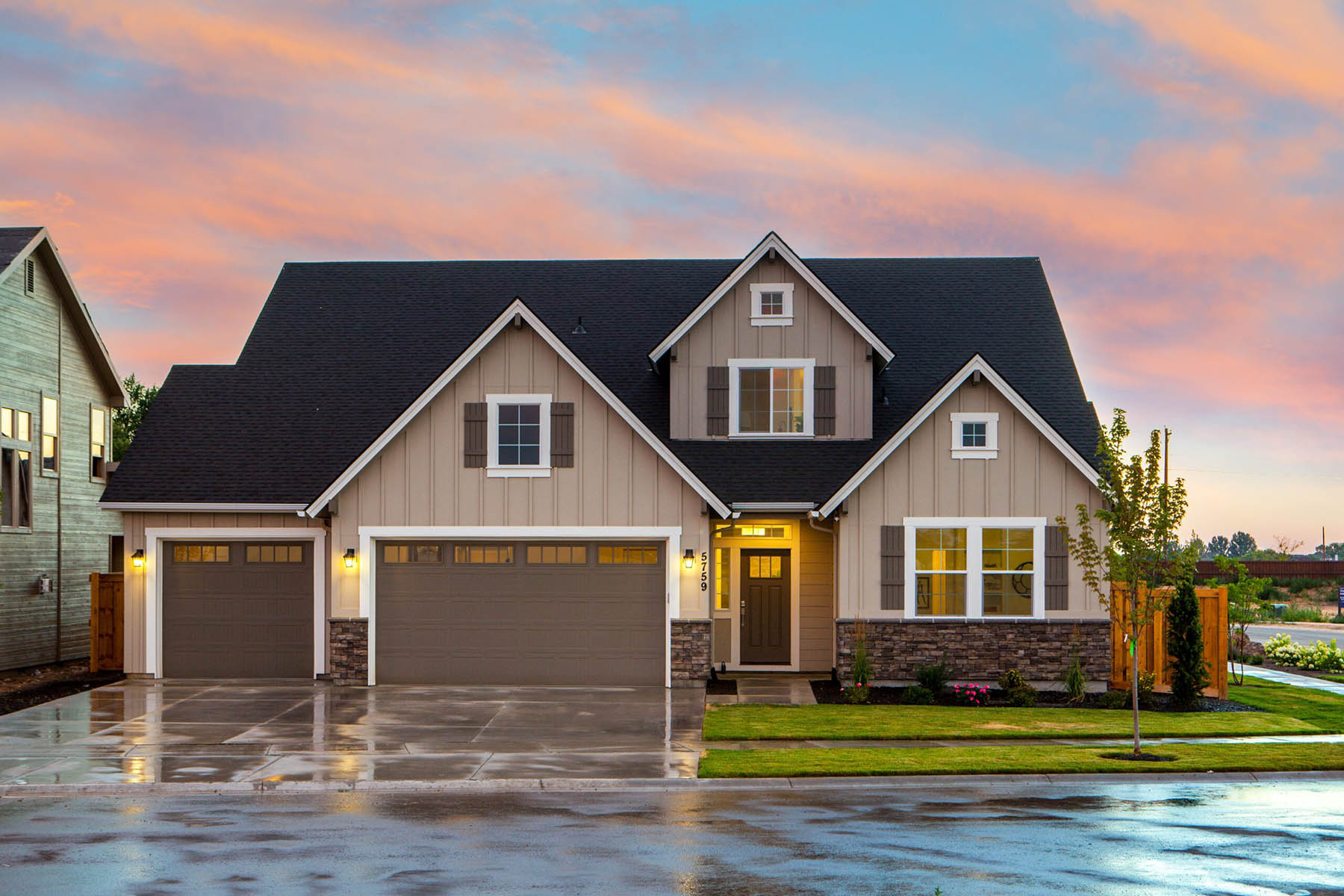

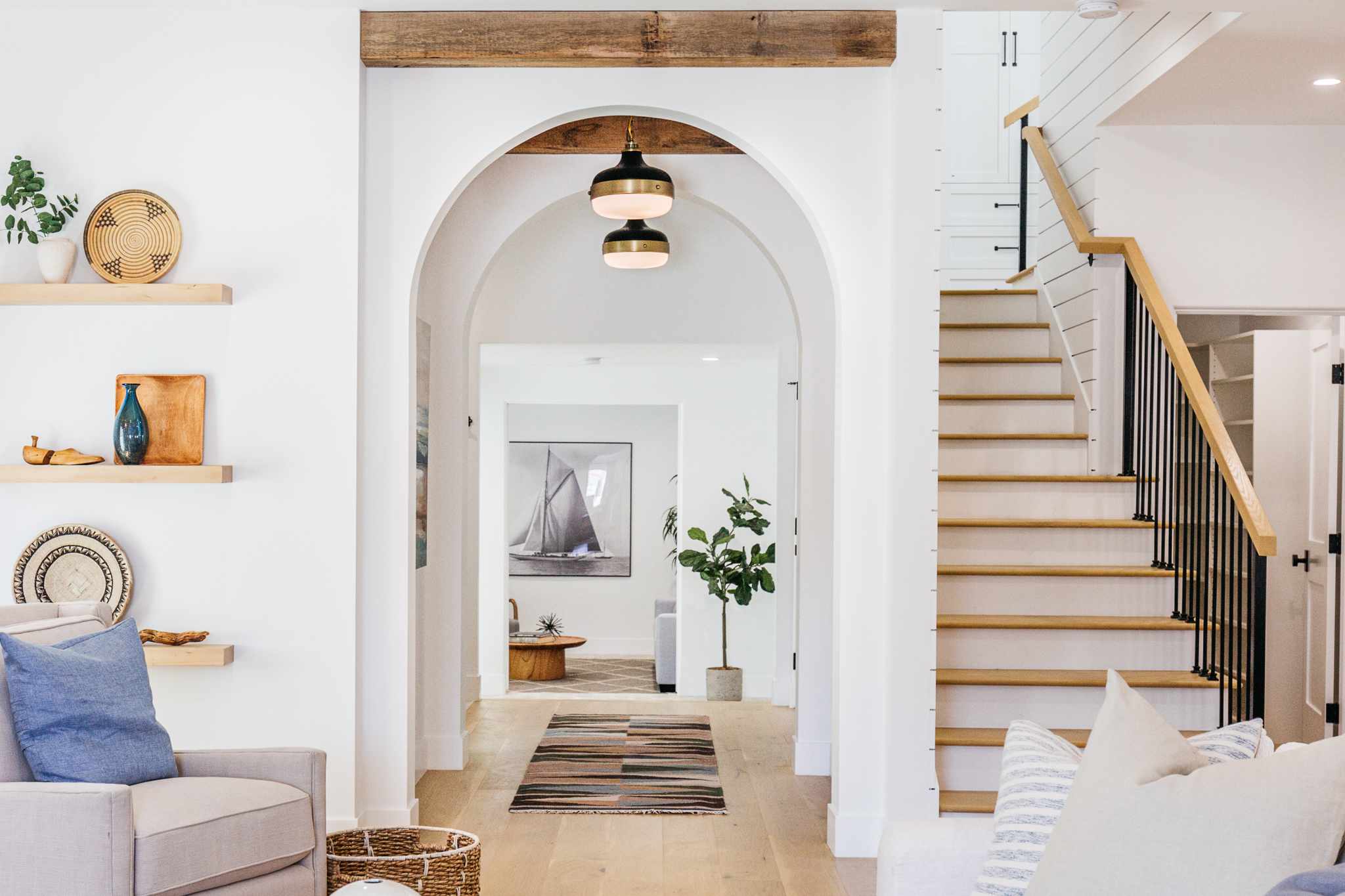

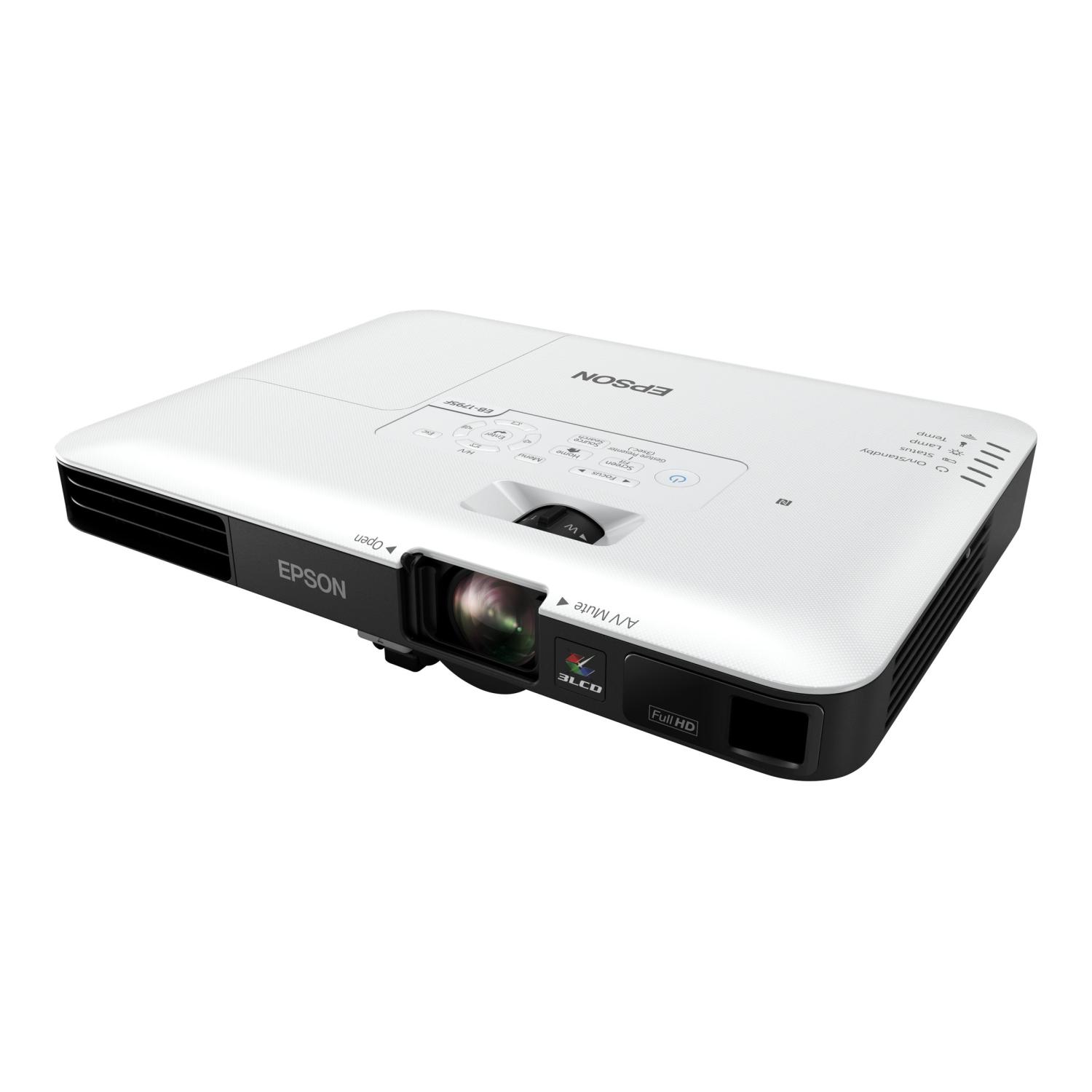

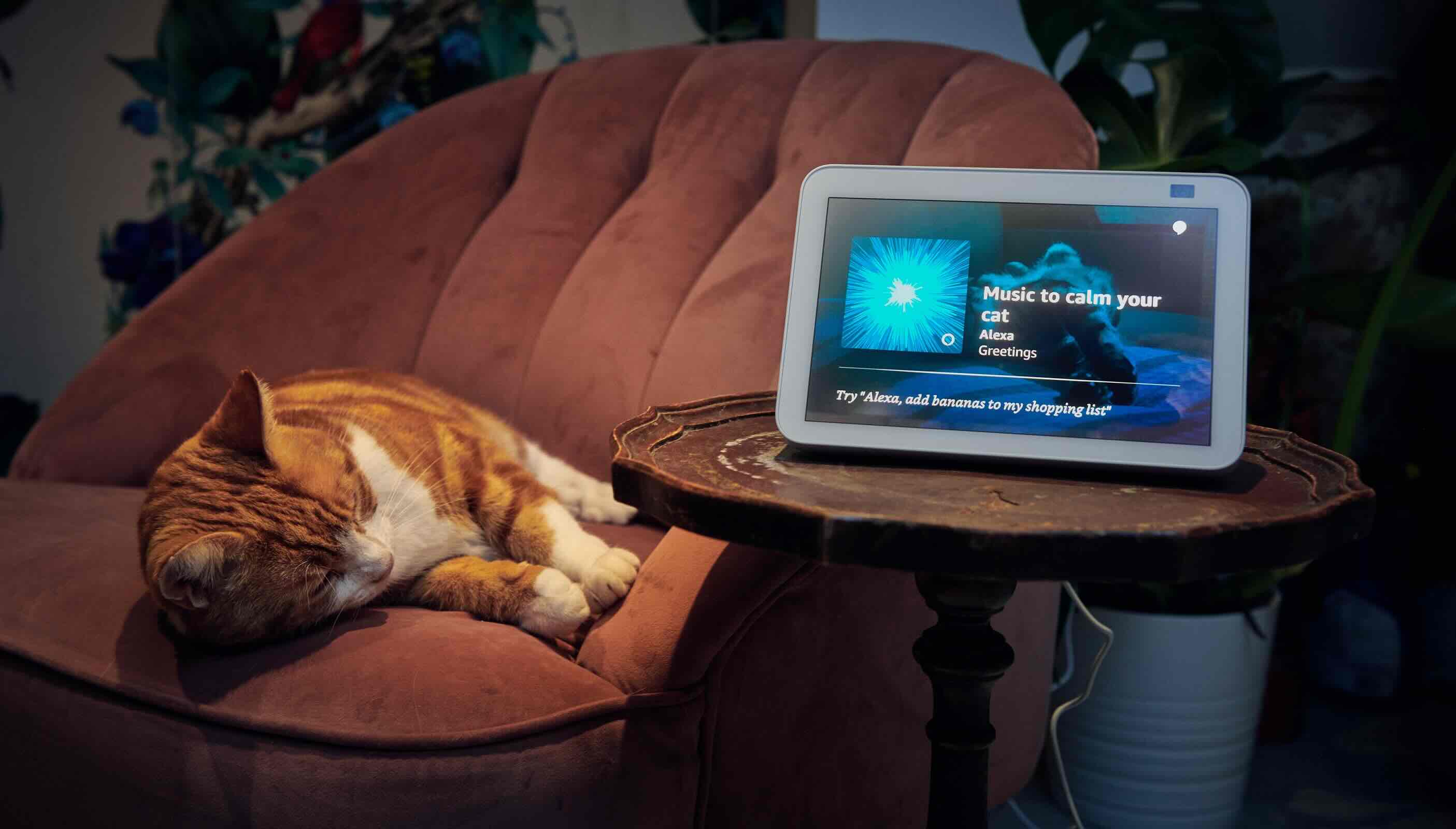
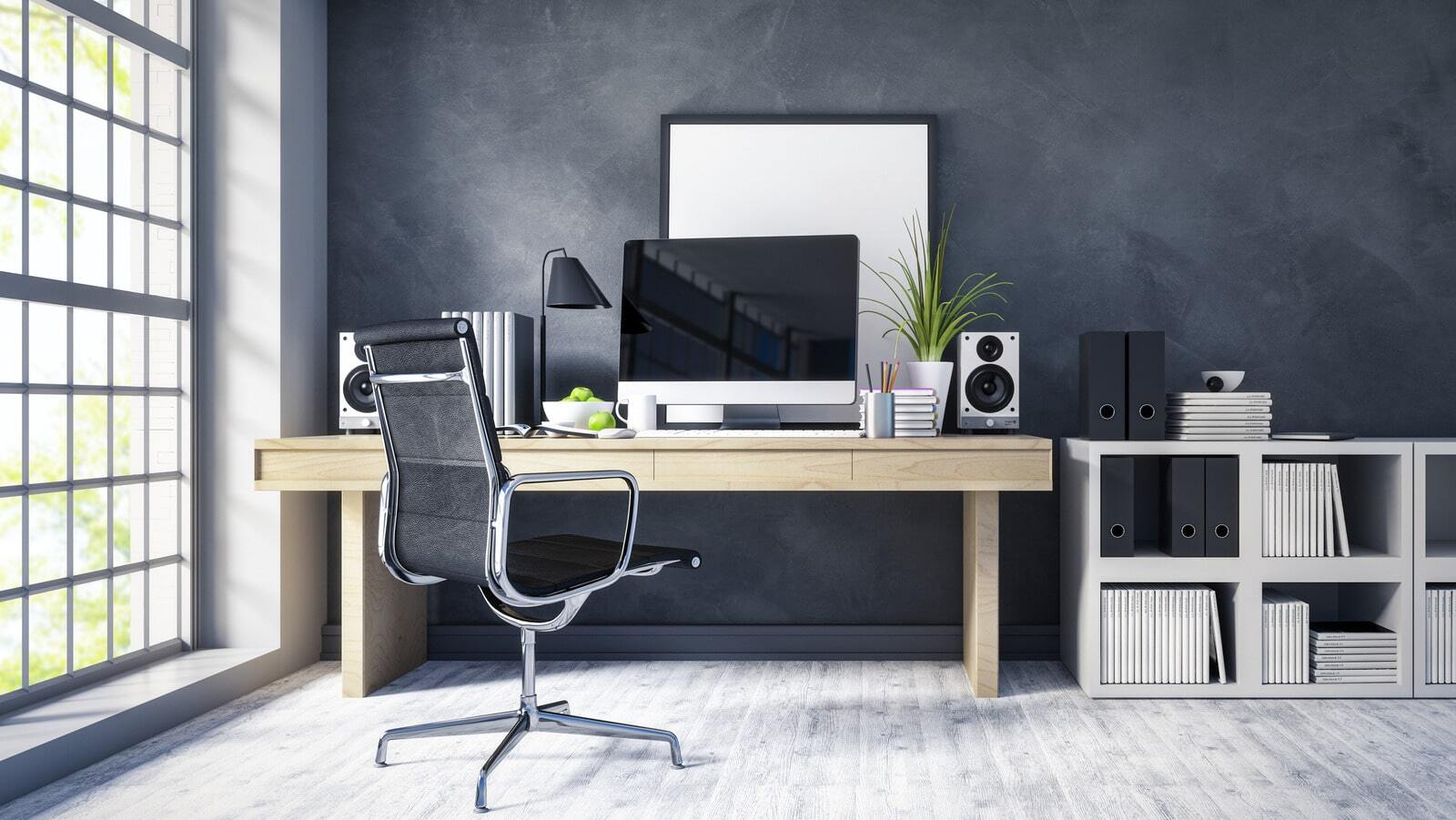
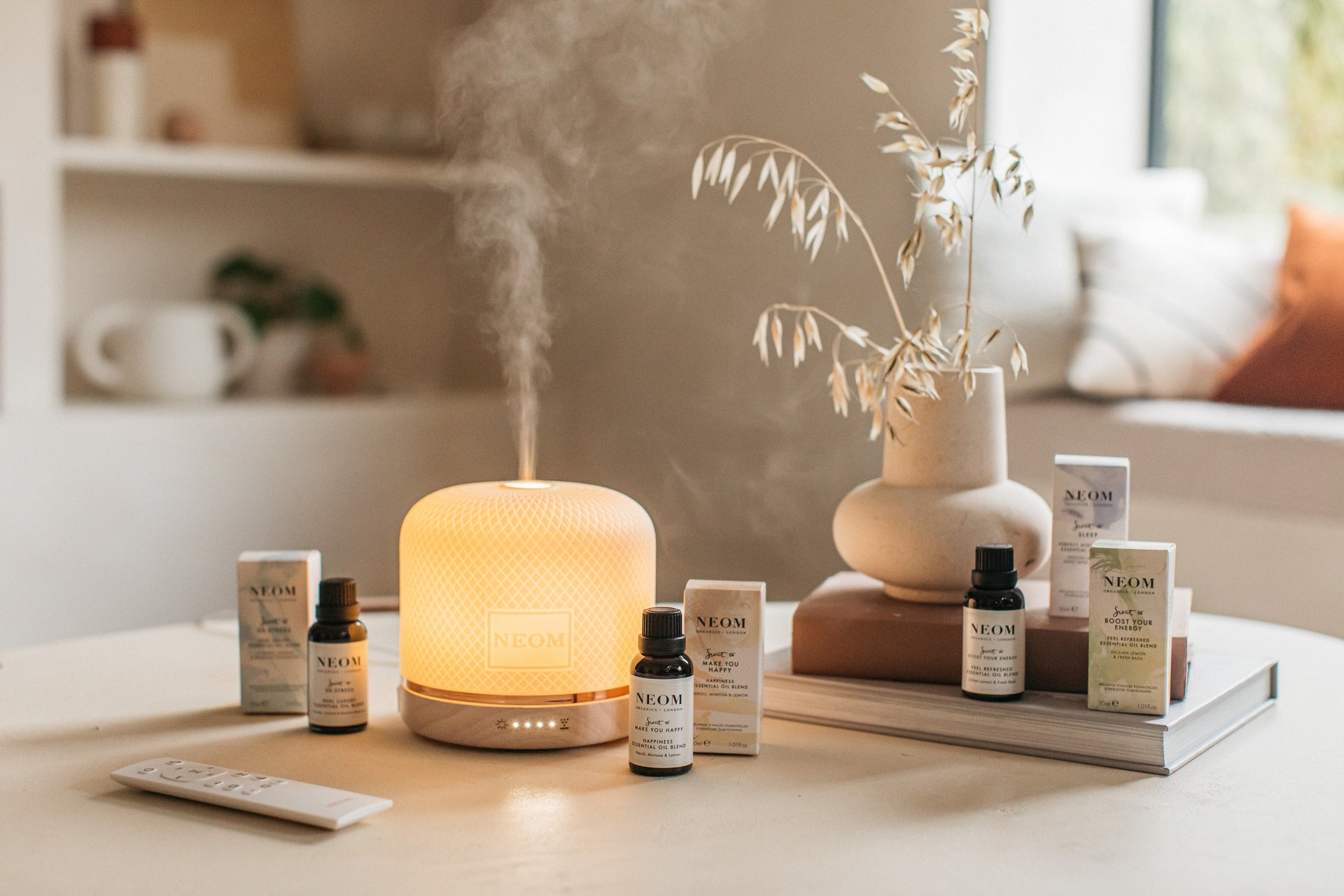
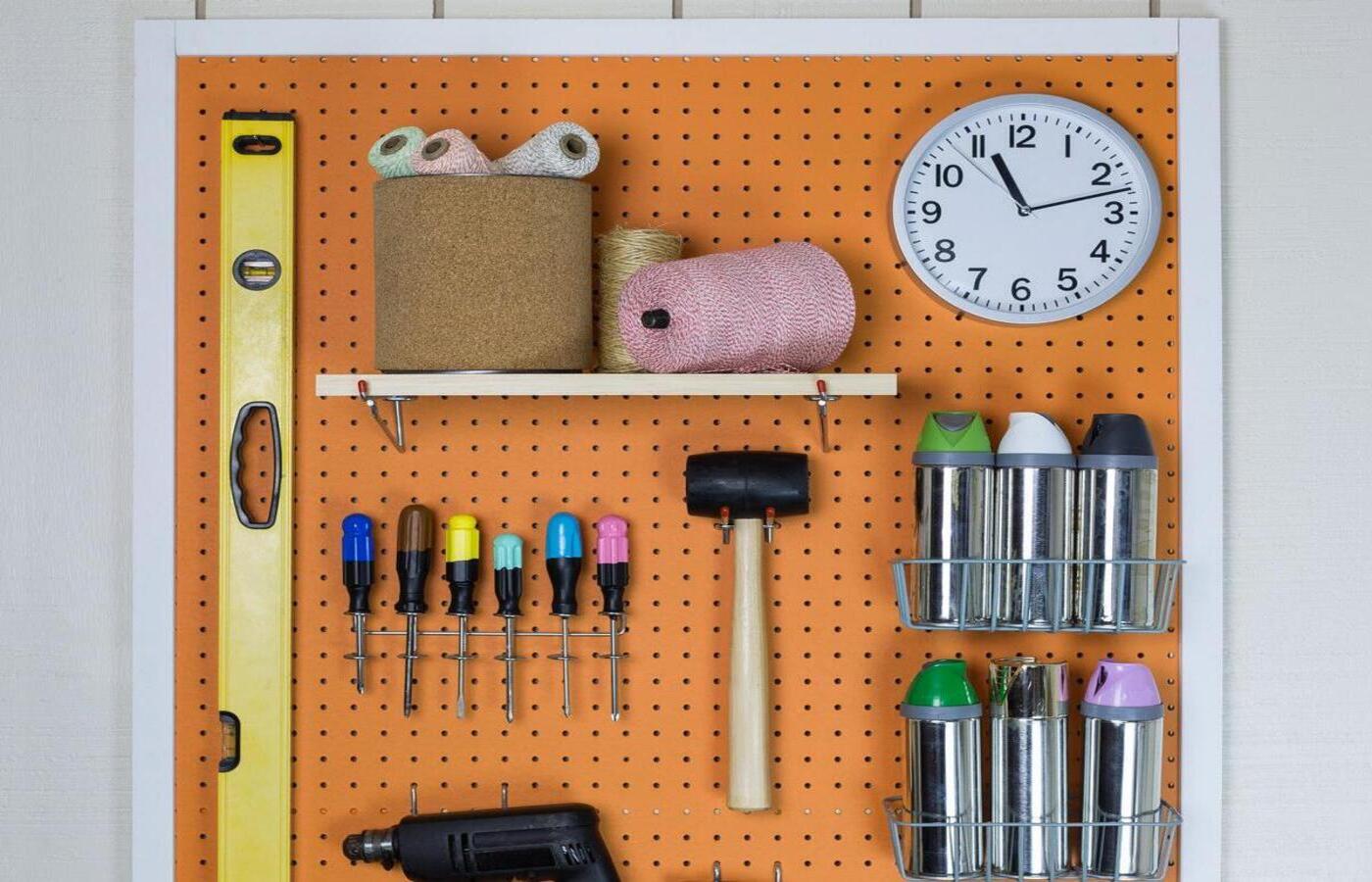
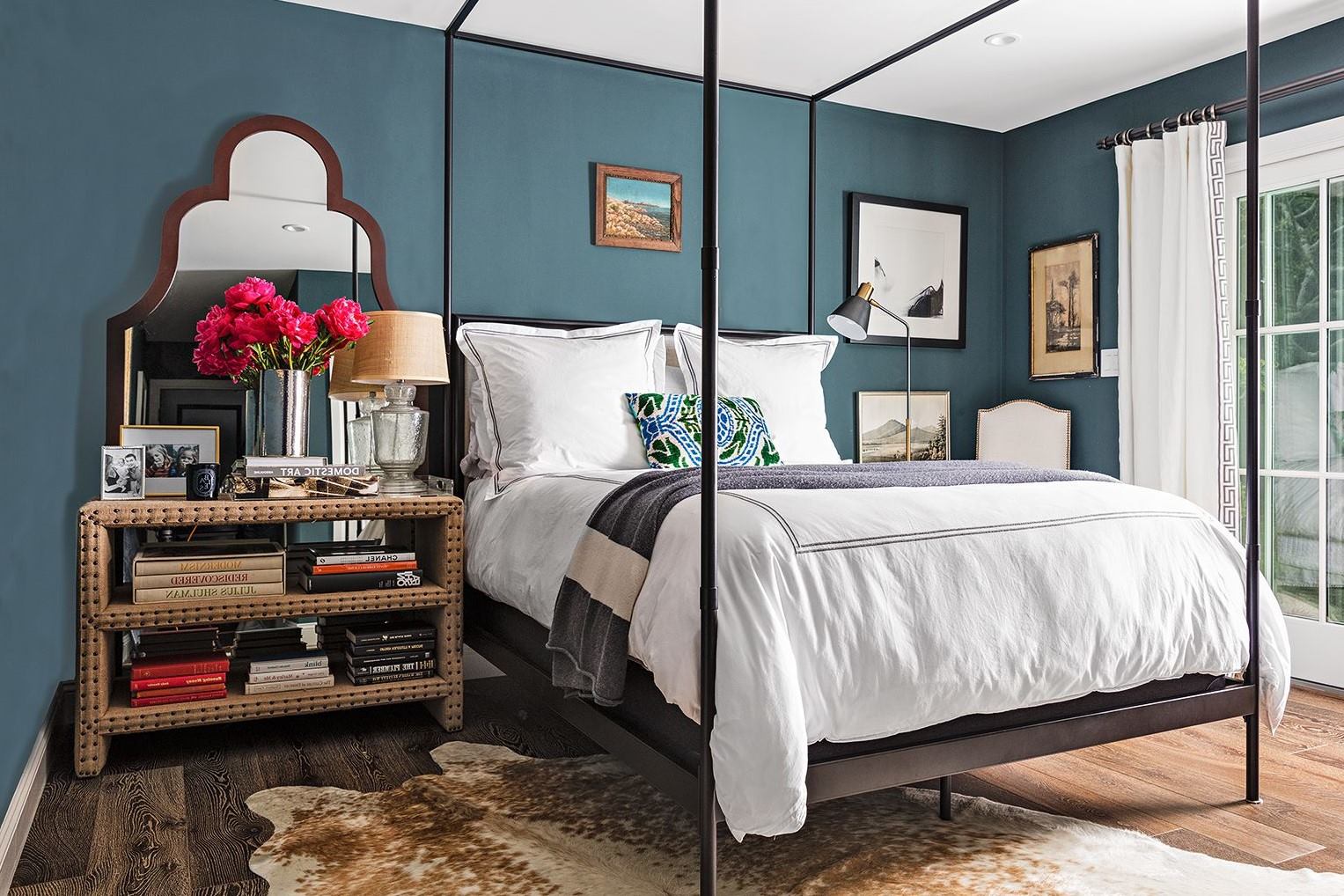
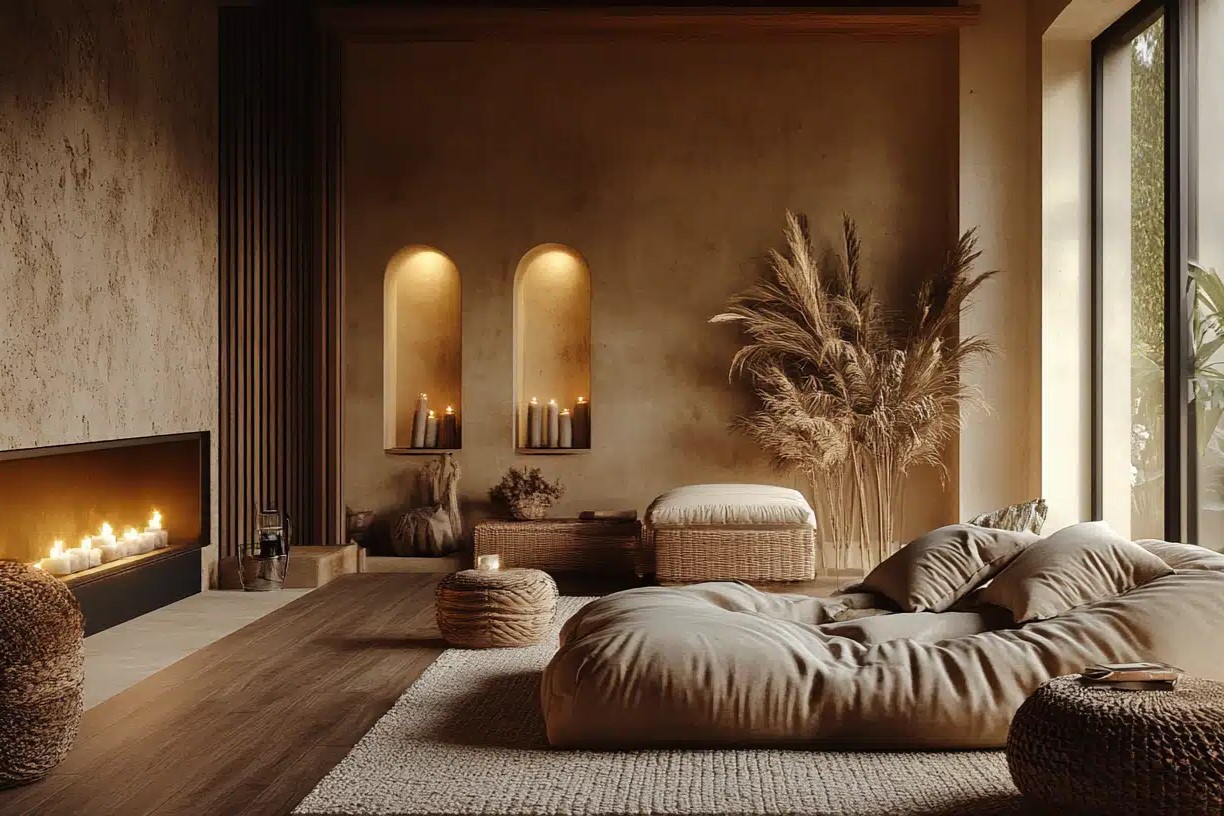
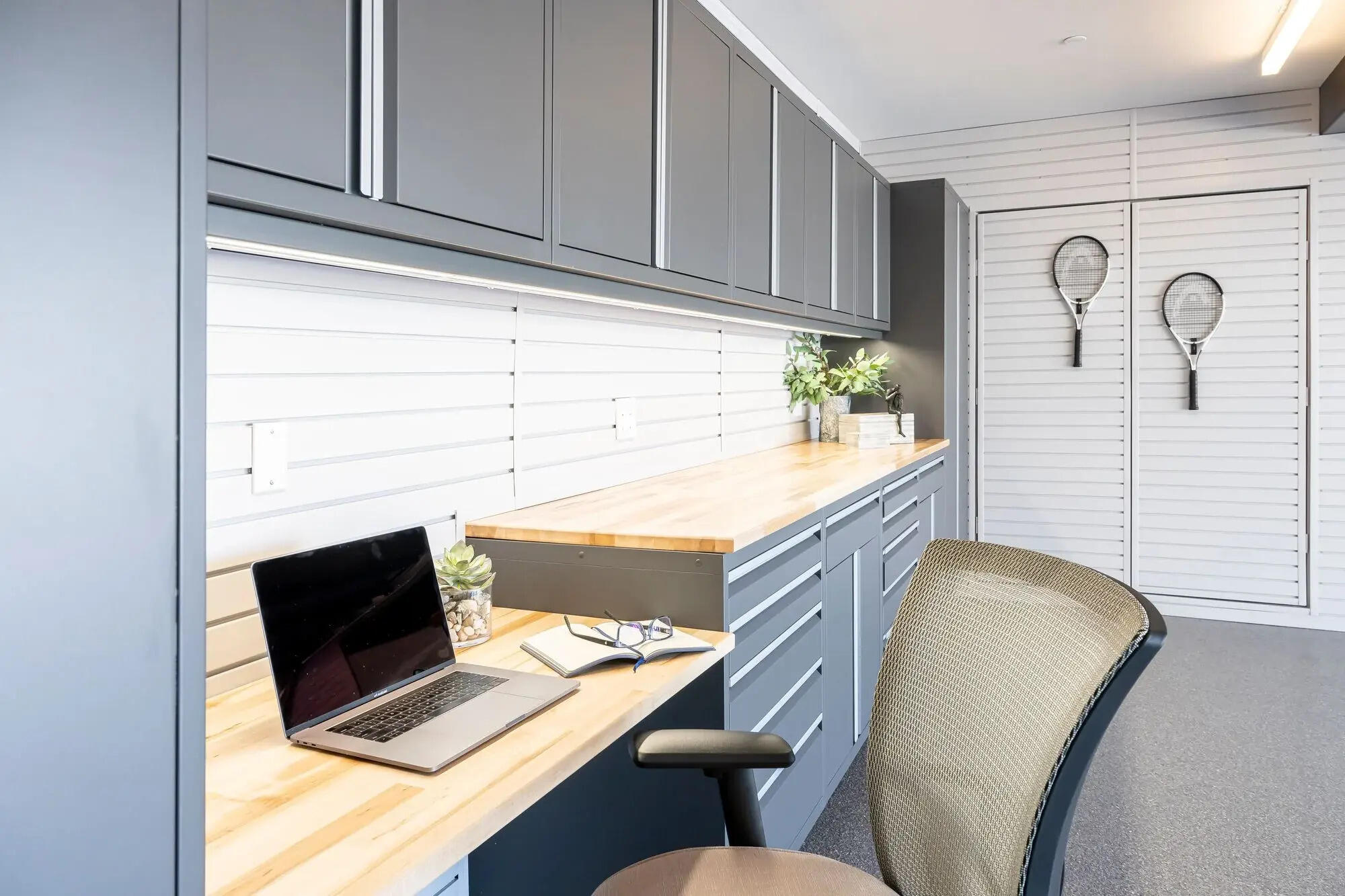

0 thoughts on “Creating A Calming Workspace For Better Focus”